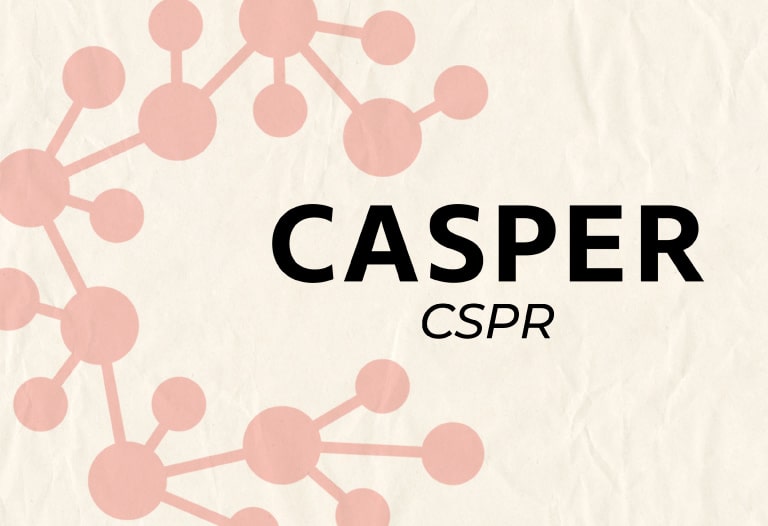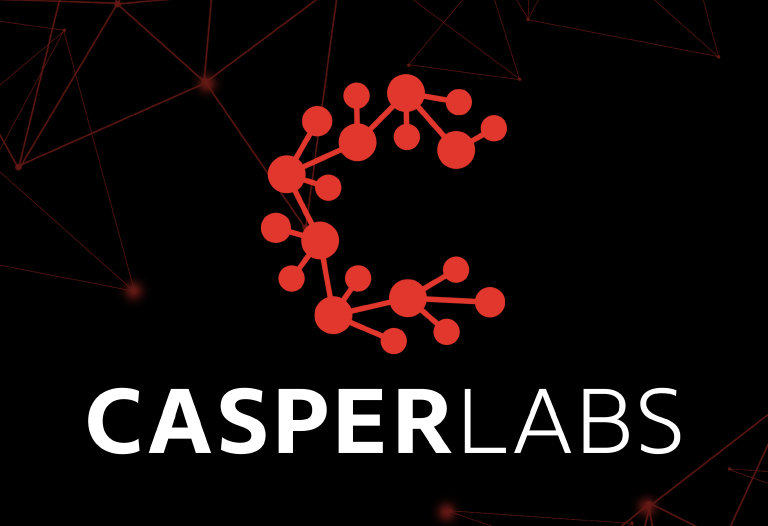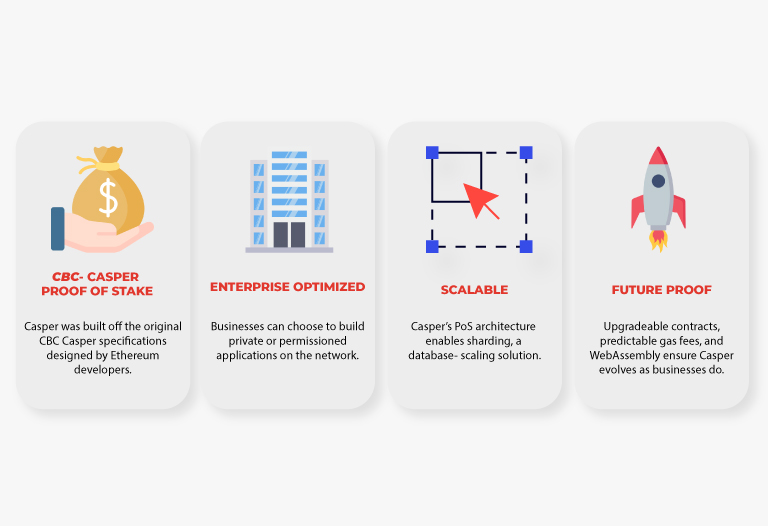
Table of Contents
ToggleBehind every successful blockchain we find a native currency, which is responsible for performing important functions in order to achieve the objectives that led to its creation, and Casper Network is no exception.
In this article, I will develop everything you need to know about Casper, identified by the ticker CSPR, the native cryptocurrency of the network that bears the same name and was conceived in the core of Casper Labs. This network, conceived by a team of people who met while developing Ethereum 2.0, tries to attract not only individual users, but also provides the structure and tools necessary to attract companies and facilitate the development of their applications on a blockchain.
Casper Network
To talk about CSPR without talking about the network on which this currency runs, is an enterprise that borders on impossibility. So, first I will tell you what Casper Network is.
Casper Network is a permissioned network, which means that anyone can set up a node and become a validator or develop an application, using Web Assembly technology, which is considerably simpler than the technology behind well-known blockchains. Since its conception, Casper Network, seeks to include, within its everyday users, the business world. To achieve this goal, the network allows applications mounted on it to be private, so any company could choose to develop its applications on the blockchain without losing control over access to them.
Finally, it is remarkable the approach with which they developed the main chain, through the “sharding” structure, which in short, means that it is divided into different parts that store data related to specific topics, which allows the network to have a good perspective in terms of scalability.
CSPR and its role in the Casper Network
The native currency of a blockchain, the one that is born together with the creation of the network, plays a vital role when the method that governs the creation or accession of new blocks is the famous POS consensus, proof of stake, since, beyond being the means of payment for the chain’s own transactions, they are also responsible for contributing to the security of the network.
The aforementioned are just some of the functions that CSPR fulfills, within the Casper blockchain. Users of this blockchain, having possession of this currency, can choose to contribute to the security of the network by obtaining a return as a reward for this participation, as well as being part, through voting, of the decisions to be made through the governance of Casper Network.
The consensus adopted by Casper determines that those who validate transactions and create the new blocks of the network, known as validators, must contribute a certain amount of CSPR that allows them to remain within the first 100 validators, ranked according to the amount of CSPR contributed, and thus be eligible to perform this function, of course, in exchange for a reward.
With each new block added to the network, a specific number of CSPRs are issued, which will be the reward that the validator will receive for doing his job correctly.
Being a Casper Network validator requires a certain amount of attention and an initial CSPR contribution, which is not affordable for all users. Therefore, for those holders of this currency there is the possibility of delegating their CSPR to the network validators. In this way it is possible to contribute to the security of the network and also obtain a reward in this same currency.
As we are talking about a decentralized blockchain, we know that one of its main objectives is that decisions are made by the users themselves. This is why, by delegating their CSPRs, the users of the network can participate in the votes that define the modifications or new proposals that are made on the course that Casper Network should follow. If they do not feel empowered or do not have the time to do the necessary research to vote conscientiously, the power to vote can be delegated to the network validators.

CSPR in numbers
Both Casper delegators and validators can expect a reward of between 10% and twelve 12% per annum. The network cycles are ordered by eras, which have a duration of approximately 2 hours.
It is important to bear in mind that the rewards are delivered at the end of each era. Another fact to bear in mind is that after choosing a validator and delegating our CSPRs, we will have to wait two eras, approximately 4 hours, for our stake to become effective and start generating rewards. Finally, regarding delegation times, when deciding to withdraw our delegated CSPRs, we will have to wait 7 eras, approximately 14 hours, until the withdrawal is effective and reflected in our wallet.
When selecting a validator to delegate CSPRs, it is crucial that it is within the top 100, which are those enabled to create new blocks. Each era, the network protocol automatically checks the number of CSPRs “staked” by the validator plus the CSPRs delegated to it, in order to maintain an accurate and updated ranking. In case we have delegated a validator who loses his place in the top 100, we will be deprived of rewards until he re-enters, or until we re-delegate our coins with an enabled validator.

Future and long-term vision
The Casper blockchain and consequently CSPR, are developments carried out by the Casper Labs team, a group of people who met while working as part of the “Ethereum 2.0” project and decided to start their own blockchain. The vision and influence of that experience can be perceived in every detail of the creation of the network and its native currency, as well as in its philosophy.
With solid foundations, investors and network participants are waiting for the arrival of applications to demonstrate Casper’s true potential to the world.







